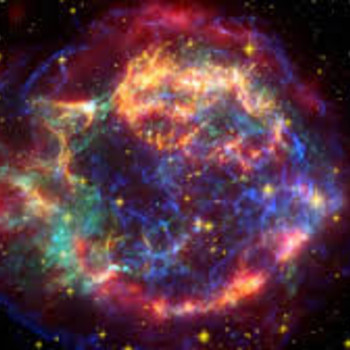Question #4de19
1 Answer
You could use conversion factors to solve this problem.To avoid a formatting problem I'm going to type
We know that there are roughly
In the question, they're asking how many moles there are in a billion atoms...so we want to use a mol conversion factor in which the denominator is in atoms. That way, the "atom" units on the top and bottom cancel out to give only the wanted unit of moles.
To avoid a formatting problem I'm going to type
So,
So the idea is that you multiply the units of the number you want to convert with a conversion factor in which the units you WANT are in the numerator and the units you HAVE are in the denominator. That way, if you have a unit on top multiplied by that same unit on the bottom, they cancel out and you're just left with the unit you want. In our case, speaking in terms of units, we had:
Intuitively, the answer makes sense because 1 billion atoms is only a fraction of a mole. A mole has

